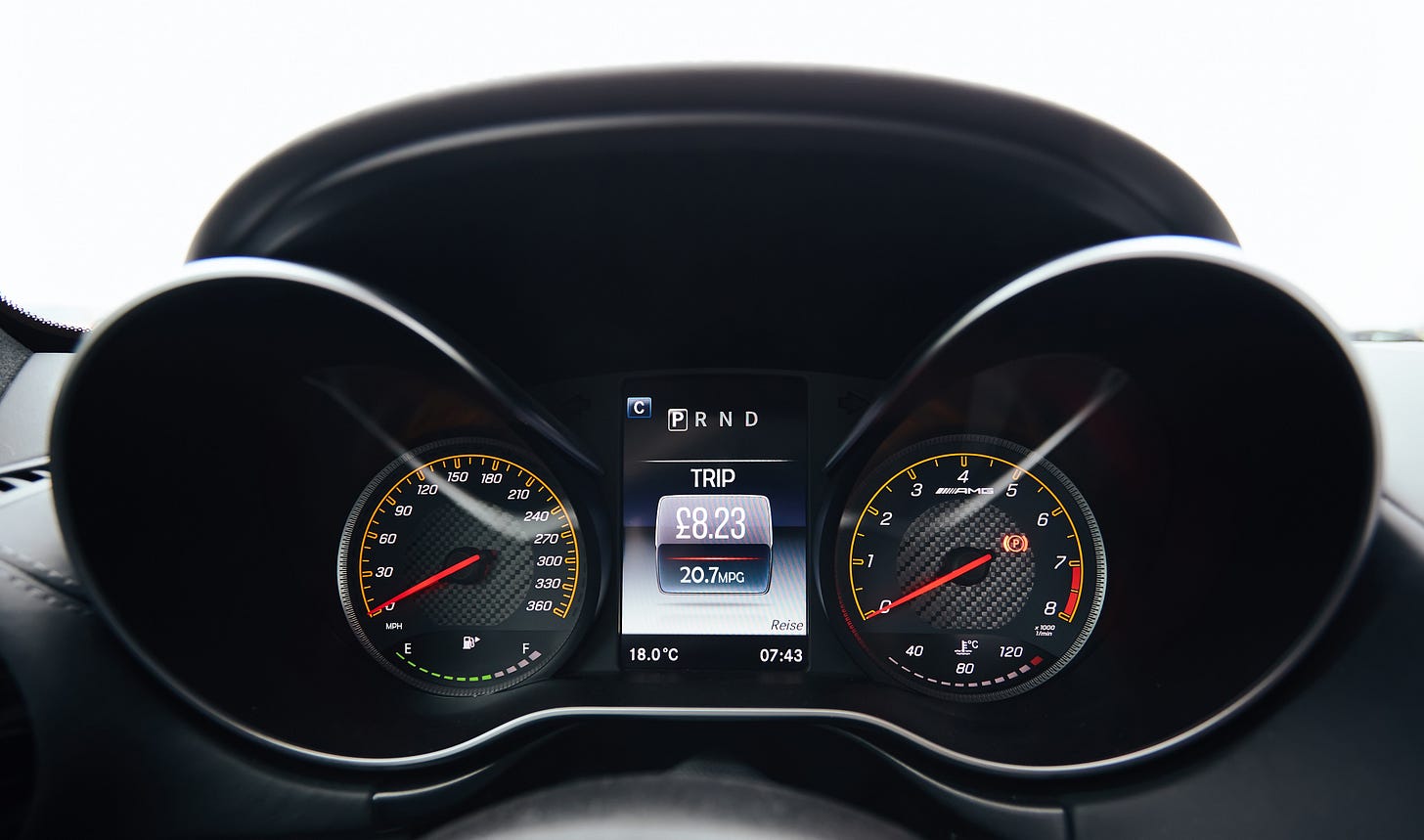Saving the Planet in Tonnes of CO₂ is Abstract. Saving Yourself is Personal.
Turning eco-jargon into consequences you can actually feel—because time, money, and health drive greener behaviour better than carbon charts ever will.
Every time I drag my recycling out to the bins on the driveway, I can't help but wonder if my efforts are actually making a difference. Is my plastic really getting recycled? Sure, it makes me feel virtuous, but how much does it really matter?
If we’re serious about tackling the environmental tsunami heading towards us, we need to rethink how we can change our everyday behaviour. It's not just about doing more; it’s about making each action count. And that starts with how we perceive our impact.
To truly change behaviour, we must shift from abstract environmental metrics to more personal, relatable terms. Research shows that personalised information can increase environmental action by up to 30%, as people are more likely to change behaviours when impacts feel relevant to their lives.
Scientific terms like 'tonnes of CO2’ are difficult for most people to connect with on a personal level. A survey found that 65% of people are unfamiliar with standard CO2 metrics, making it challenging for them to understand their environmental impact in meaningful terms.
A fuel gauge showing the money spent per journey could make drivers reconsider unnecessary trips. Studies show that displaying financial costs on in-car screens can reduce fuel consumption by up to 10%, as people become more mindful of their driving habits when costs are highlighted in real-time (source: U.S. Department of Energy).
A fuel gauge displaying environmental impact, such as minutes lost from one’s life, could further deepen awareness. Exposure to information about the health impacts of pollution has been shown to increase people’s willingness to reduce car usage by 40%, as it connects environmental data to personal well-being.
Making environmental consequences tangible can bridge the gap between data and real-life impact, inspiring lasting change. Environmental campaigns that focus on relatable impacts, like air quality in local neighbourhoods, have led to a 25% increase in public engagement and behaviour change compared to campaigns with abstract data.
Being a Designer, at its best, is an infectious endeavour — equal parts blessing and curse. It demands that we stay curious, constantly noticing patterns, possibilities, and connections in the everyday that others might overlook. In retail, this curiosity is more than aesthetic; it’s about creating spaces and experiences that make abstract ideas tangible, turning intention into action. Just as reimagining our car’s fuel gauge can nudge behaviour, the right piece of retail design can transform a brand from a place that merely sells into one that inspires trust, faith and loyalty. At the intersection of design, business, and human insight lies the power to shape not only what people buy, or why they buy, but how they live — and perhaps, how we all move towards a better future.
#environment #consumerhabits #consumption #impact #sustainability #graphics #signage #labelling #footprint #carbonfootprint #retail


